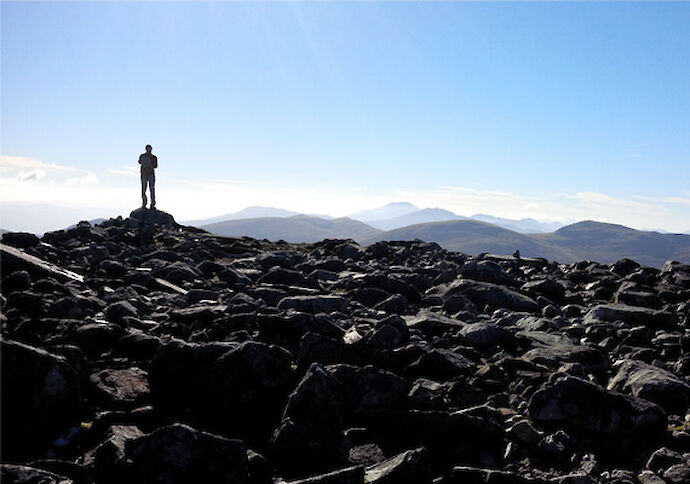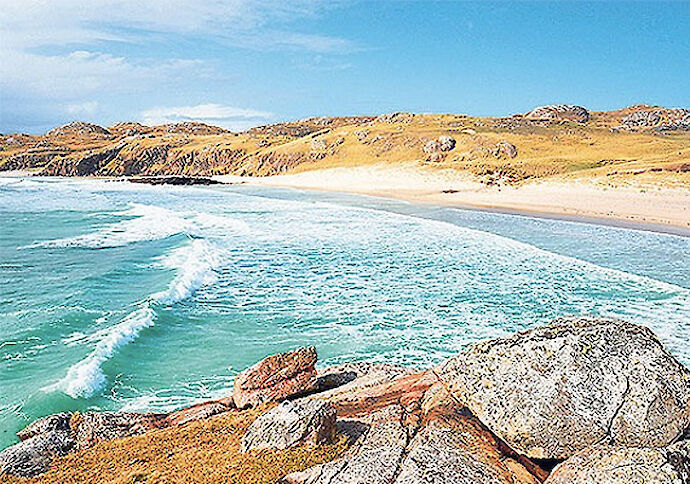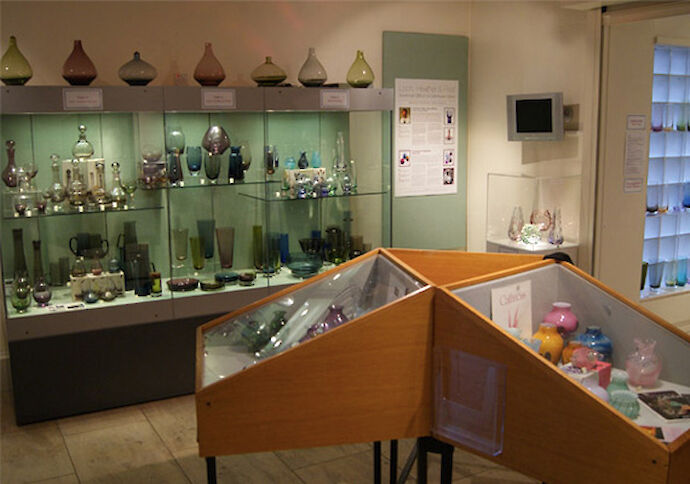Thurso History
Thurso is the most northerly town on the mainland of the United Kingdom As to the origins of the name authorities do differ. Some say it is derived from ‘Horsa’, a Saxon Chieftain who carried out numerous raids of the Caithness Coast during the fifth century. Others say that it comes from Thor the Scandinavian God of thunder. Indeed there is much Scandinavian influence in the area generally, and Thor is also the Scandinavian word for river.
For more information on Thurso and things to do follow this link http://online.fliphtml5.com/eysl/svrv/#p=8
In the 17th and 18th centuries, the town enjoyed a considerable national and export trade. This was mainly in the form of meal, beef, hides and fish.Between 1820 and 1920, Thurso was closely identified with the preparation of Caithness flagstone (rock slabs). This product was established by Sheriff James Trail of Ratter in 1824 and as such was a major employer for almost one hundred years. In this period thousands of tons of Caithness flag was exported not only nationally but as far away as Sydney, Australia. Unfortunately, with the introduction of concrete and other building materials, the industry went into stark decline. However ‘Spittal stone’ is now very much in demand as a luxury building material and the product is once again being exported worldwide.
During WW1 and WW2, because of its geographical position, the town was a place of some strategic importance. Indeed tens of thousands of troops and associated equipment were routed through Scrabster to Scapa Flow, Orkney ultimately bound for the Northern European military campaigns.At the end of WW2, much reconstruction was carried out in the form of accommodation for the returning service men and their families.
Originally, the town settlement was entirely to the west of the River Thurso. With the increase in population and its rapid development, especially in the past sixty years, new residential areas have been established both on the east side of the river and expanded westward.
In 1954, an atomic station known as Dounreay was begun. This was the advent of the nuclear industry and devoted to the ‘cheap’ generation of electricity to the National Grid. During the building of Dounreay, the population increased from some 3,500 to 7,000. Dounreay has now closed and with its closure so has the core population also decreased. Whilst a great number are still engaged in the Dounreay Closure Plan, many are now seeking employment offshore with North Sea Oil industry.
Despite the closure of a major employer the future still looks bright generally. The accent is now on tourism and the development of the many and varied places that there are to see in Caithness and beyond. One thing is guaranteed and that is that Highlanders generally will always afford a welcome to the visitor!
Find More in Thurso History

Accommodation

Restaurants & Bars

Tour Operators

Visitor Attractions

